MBH Architects on Trends in Bay Area Life Science Design
Eddie Hall shares details about the firm's latest development, and weighs in on both ground-up and adaptive-reuse projects in the sector.
The San Francisco Bay Area is one of the largest life science markets in the U.S., as researchers have immediate access to a deep talent pool from nearby universities, and developers here can find capital a lot easier than in other parts of the country. At the end of last year’s third quarter, some 6.5 million square feet of specialized space was under construction in the area, according to a CBRE report.
MBH Architects has designed several life science laboratories throughout the Bay Area and has some major projects underway.
“We are currently working on the design of a new ground-up lab within the City of San Francisco, and have a ground-up laboratory under construction in San Carlos, on the Peninsula,” Eddie Hall, project architect & senior associate at the company, told Commercial Property Executive.
Here’s what else Hall revealed about these projects and the Bay Area life science market—which continues to benefit from its proximity to academia.
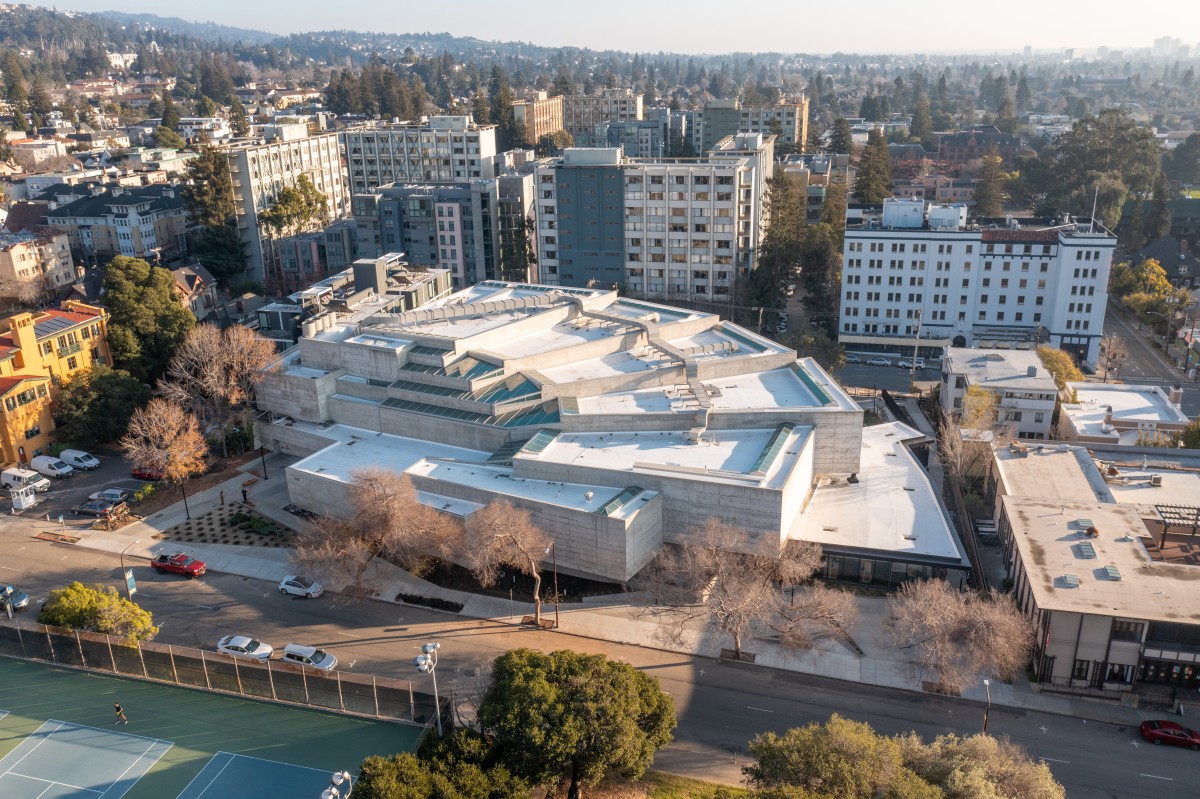
The Bakar BioEnginuity Hub near University of California Berkeley. Photo by Cris Gebhardt Photography, courtesy of MBH Architects
What are today’s users looking for in life science projects?
Hall: To attract top talent and companies, new labs must be amenity-rich, inspiring environments where people want to work. We design from the perspective of the operator, the researcher, and the potential investor that may visit the space.
At Bakar BioEnginuity Hub, there are multiple tiers of outdoor terraces as well as private outdoor patios. Along with fresh air, bringing in as much natural light as possible into space also promotes a healthy work environment. We uncovered skylights in each lab space that had been covered to protect artwork from UV damage under the museum use. We infused the spaces with color and art to make them vibrant and inspiring.
When we were designing Bakar BioEnginuity Hub, we thought about what it would be like to be working at a lab bench and look up to see the central atrium of the building. It’s awe-inspiring with dramatic forms of concrete cantilevered out over the open space and a ceiling that is faceted with concrete and skylights—it feels gravity defying.
Coworking/incubator and flexible spaces are also gaining popularity. Shared equipment allows more companies to operate without cost-prohibitive start-up costs. At both MBC BioLabs and Bakar BioEnginuity Hub, researchers can rent a single bench and desk all the way up to private labs and offices. The shared space model allows companies to grow, and affords the opportunity to interact with new people and ideas. Labs must be able to flex with changing needs of the users and technology.
How common are adaptive-reuse projects in the life science sector?
Hall: Adaptive-reuse projects are on the rise, which allows labs to insert into desirable locations that lack available space. In many cases, renovating an existing building is more cost effective and better for the environment. For one lab project, we converted three warehouses into a visually stimulating lab environment with an addition. The project took a tired, rundown block and made it lively, useful, and economically beneficial for the surrounding community.
From an architectural perspective, the lab use is a great way to save older buildings from being demolished. These older buildings, some of which are historically significant, in turn provide an inspiring place for scientists to work. Bakar BioEnginuity Hub is exemplary of how an important community building can be saved and converted into a thriving new hub for innovation.
Please tell us how the renovation process at Bakar BioEnginuity Hub went. What were the main challenges of repurposing a museum into a lab space?
Hall: The original brutalist structure was designed by Mario Ciampi, opening as University Art Museum, later called Berkeley Art Museum & Pacific Film Archive. In 1997, the University deemed the building structurally unsafe, and it was determined that the necessary retrofitting could not be completed in a way that would not compromise the exhibition spaces.
In 2001, while a new site was being determined, temporary steel braces were added to the building’s exterior to support the cantilevered concrete as a partial solution until the museum could vacate. After the museum relocated, attempts were made to save the campus icon, but without any success, the building faced demolition.
MBH was hired in 2016 with a feasibility study to determine the renovations required to convert the building into a seismically safe life science laboratory, while preserving its historical significance. MBH identified the four largest potential challenges to be studied to determine the feasibility of rehabilitating and reprogramming the building for the new use.
First, the structural performance—the team needed to bring the building up to code and make it seismically safe for inhabitants. Then, the historical character—the building is listed on both the City of Berkeley Designated Landmarks and the National Register of Historic Places. All modifications proposed needed to be respectful of and sensitive to the defining features of the building and preserve the character of the building where possible. This is particularly challenging in a building composed almost entirely out of concrete. We performed a very substantial amount of x-raying to understand the structure.
The program, the access, and life safety were also challenging. The highly irregular shape of the building posed challenges from spatial, accessibility and life safety perspectives. For the proposed use to be feasible, all these factors had to be solved in concert. Eighty percent of the existing building was considered inaccessible by modern standards.
The last challenge was the building’s mechanical system—the existing mechanical system was very complex and elegantly concealed within the structure of the building, but due to age and demand by the proposed new use, the system needed substantial upgrades.
READ ALSO: Is a Life Science Real Estate Bubble Forming?
Sustainability and net zero buildings are key features for today’s life science users. What role do these energy requirements play in the decision-making process, when designing a new life science building?
Hall: Laboratories require a great deal of energy-use and finding sustainable solutions to support it are critical for both the planet and for operational costs. Bakar BioEnginuity Hub is LEED Gold certified. Representative elements of mechanical, electrical and plumbing systems include: conversion to all-electric building; it performs 20 percent better than the California Energy code; the energy usage intensity is 33 percent lower than the LEED baseline and 63 percent lower when compared to similar labs; the HVAC system makes use of a fully manifolded supply and ventilation air system that provides healthy and safe ventilation. In addition, the chilled and heated hot water is generated by a modular air-source heat pump that can operate simultaneously in high-efficiency and heat-recovery mode.
The MBC Biolabs lab campus we are currently building in San Carlos utilizes fuel cells for energy production. A Bloom Energy system is being installed as part of the phase two project to support the new lab campus from its microgrid by converting fuel into electricity through an electrochemical process.
Rehabilitation projects can avoid the emissions/energy costs of full new building construction. The best way to reduce carbon input is to fully utilize existing building elements when possible. At Bakar BioEnginuity Hub, the entire existing concrete and steel structure was kept in place and augmented by new elements for the adaptive reuse, minimizing the carbon impact. Structural steel used in the retrofit is highly recycled. Concrete mixes used cement replacement to the highest extent possible. Also, most of the concrete and steel structure was left exposed to view, greatly reducing the amount of non-structural finish materials in the renovation. Sustainable materials were chosen with chemicals of concern in mind.
Our landscape design team employs many solutions for creating healthy, water-conscious eco systems including, but not limited to, the use of native and low/very-low water plants, biodiversity, soil and habitat conservation, use of potable water for irrigation, rainwater collection, storm water management, and water management systems and controls that minimize use.
Life science users benefit greatly from the proximity to academia in the Bay Area, through incubators and grant programs that attract new talent from STEM universities. What are some less-known benefits of this proximity, in your opinion?
Hall: Connection to faculty members and students provides opportunities for new insight, ideas, internships and mentorship. A relationship with the well-established university also helps build connections with the local community. Universities foster learning that is not focused on profit, while companies must produce profit. Across all markets, from retail to life sciences, our society values purpose-driven companies. The connection to the university’s learning model may influence companies to further consider societal impact, which may be of increasing importance to investors and new talent.
What areas of research are the most demanding in terms of finding the right design?
Hall: For pharmaceutical or life science spaces, wet labs are always more involved than dry since they involve ventilation, chemical storage, and access control according to their Biosafety level classification. These facilities also have increased equipment to serve such facilities and pressurization requirements for clean spaces. Both wet and dry facilities often have sensitive equipment that requires review of structures for vibration criteria, often at or near 4000 micro inches per second, which can come into play for multistory buildings and make adjacencies such as freeways to the building site problematic.
Regardless of the area of research, careful user-centric based planning needs to be made to ensure the building functions such as deliveries, storage, circulation of users, proximity to safety features, common-area meeting and socializing spaces are all met. Additional research requirements such as a vivarium or significant chemical storage areas come with additional space and logistics considerations, and often require significant mechanical and electrical loads that all take up space.
Pharmaceutical and biotech startups have received record-levels of funding last year. How does this growth in capital translate at the design and development levels?
Hall: Available capital allows for better design and more amenities, particularly in the case of incubator labs where the need for collaboration space and common space outside the lab is as important to the users as the space inside the labs. At the development level, we are constantly pushing to make the most of the spaces and properties, whether new construction or adaptive reuse.
What challenges do you foresee on the horizon for Bay Area life science design and development?
Hall: The opportunities for new ground up buildings are quickly diminishing in dense urban markets, so conversion projects and adaptive reuse will be on the rise, and that carries challenges for infrastructure, vibration, and floor-to-floor height. We often do pre-evaluations on properties to determine the suitability of a site for an adaptive-reuse lab.


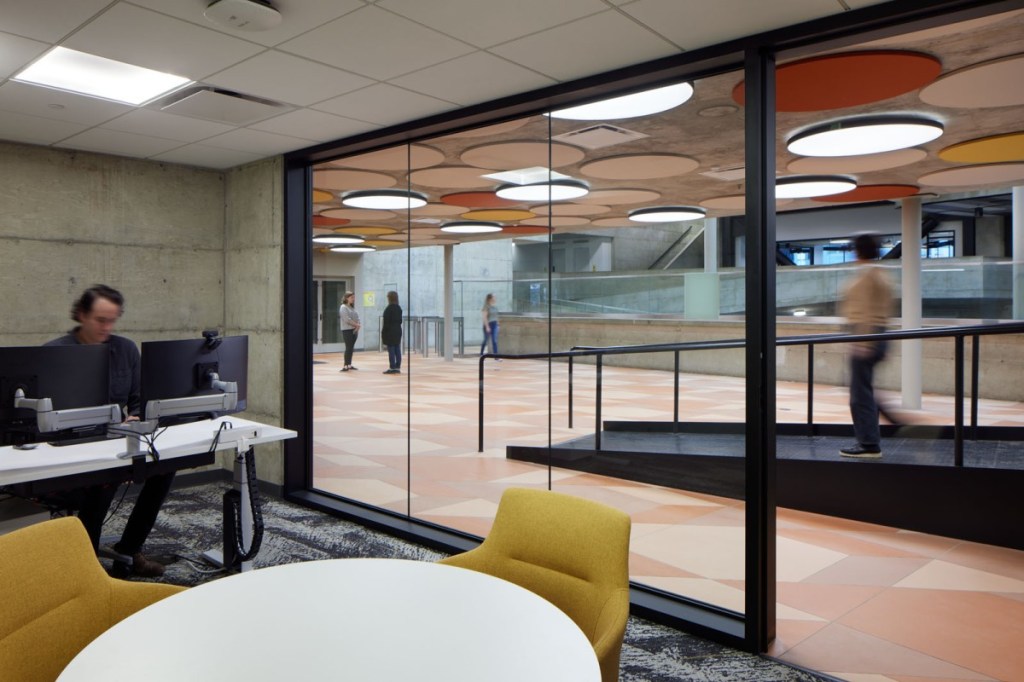
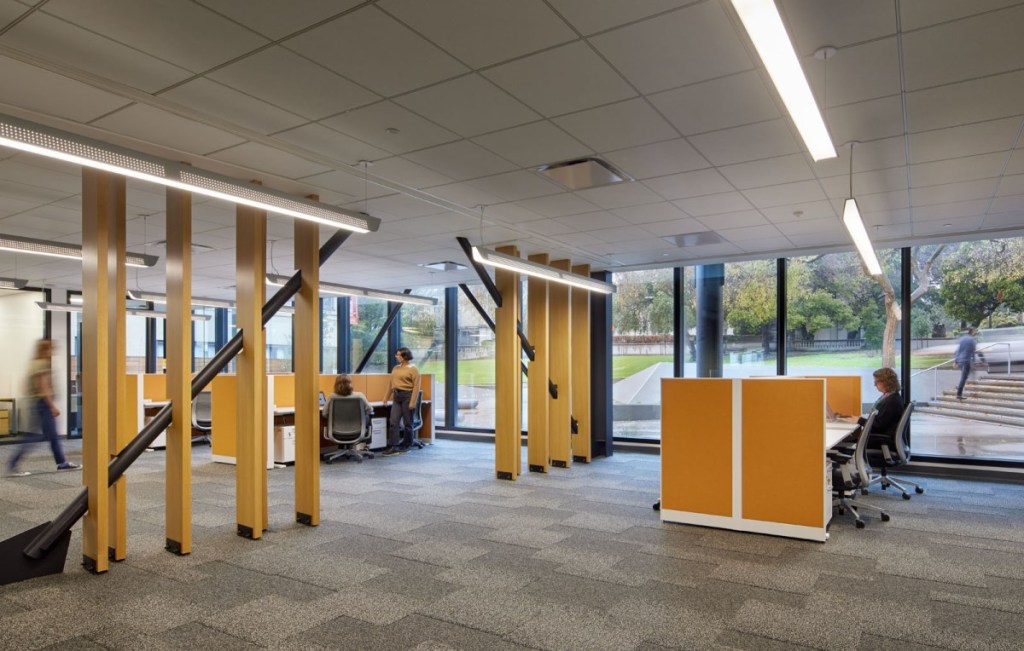
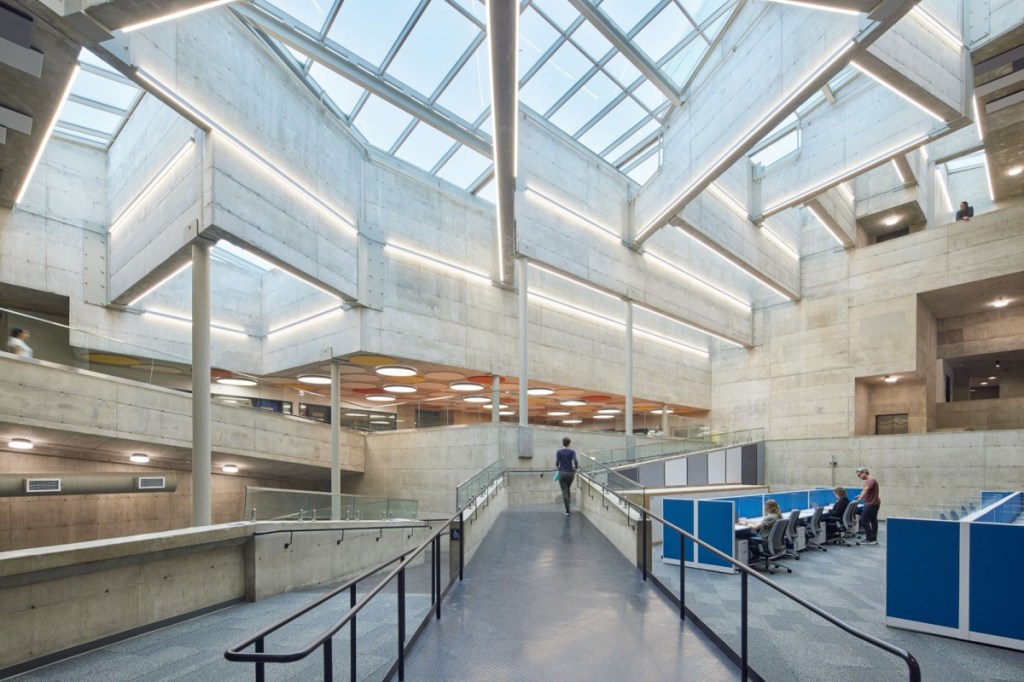
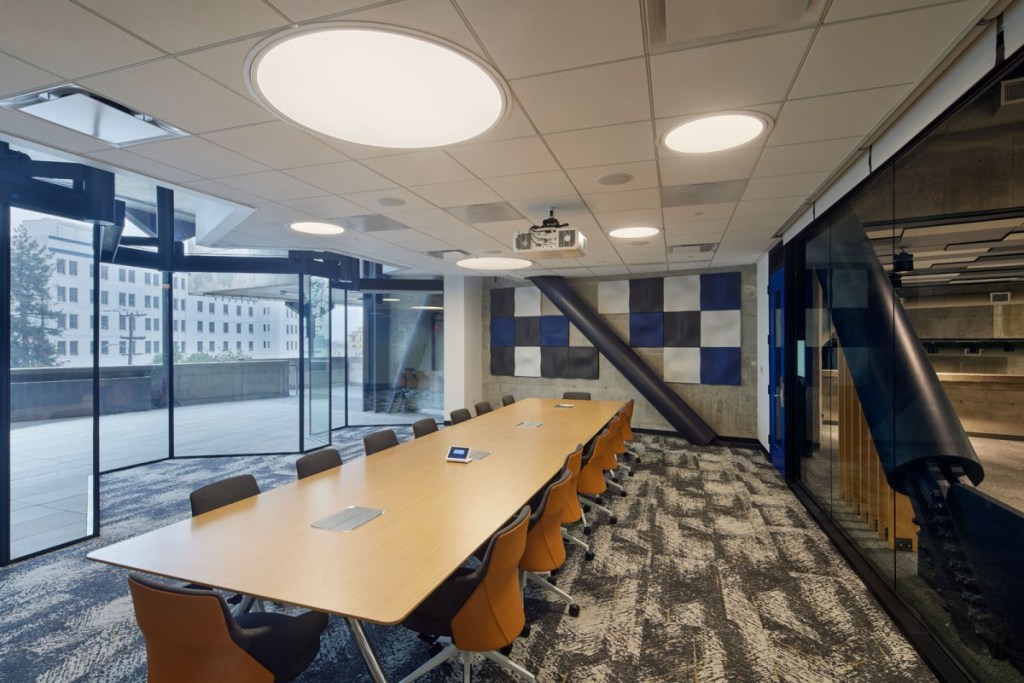
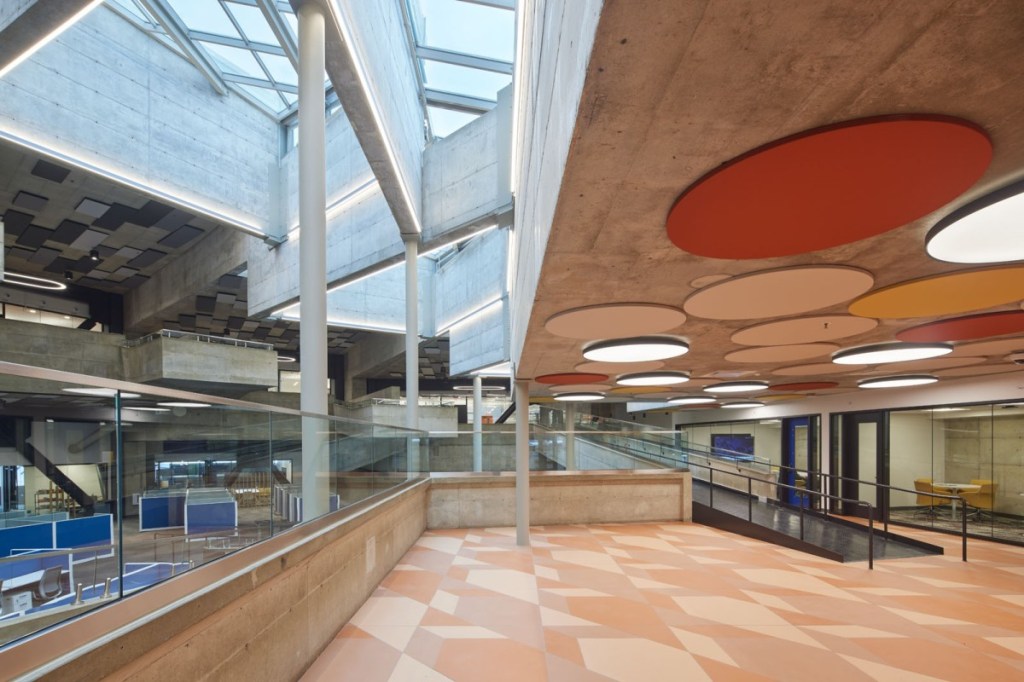
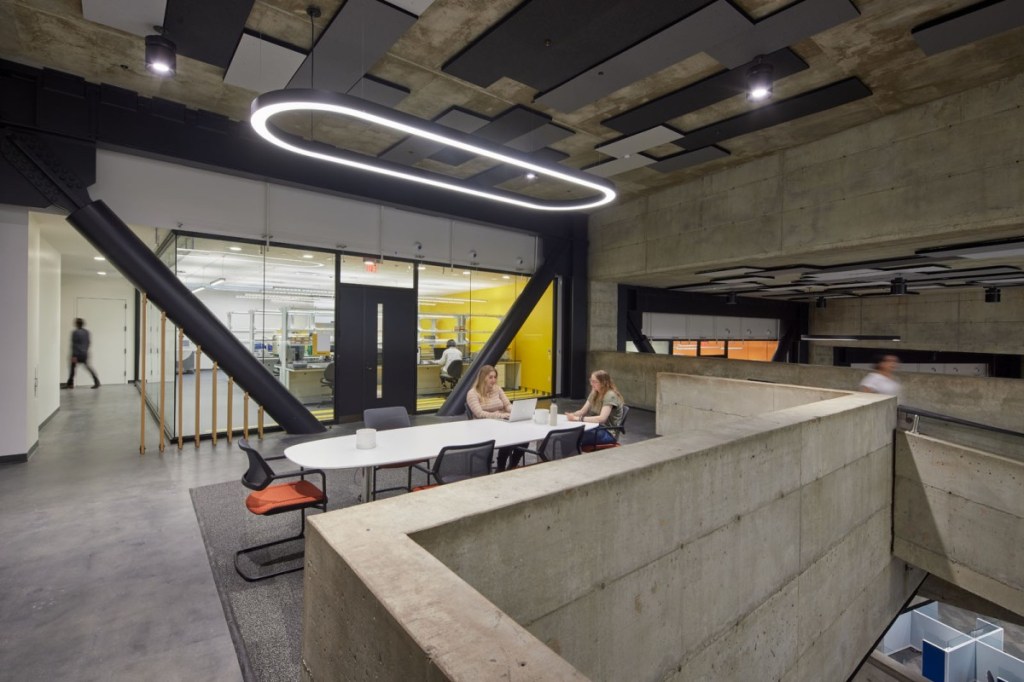
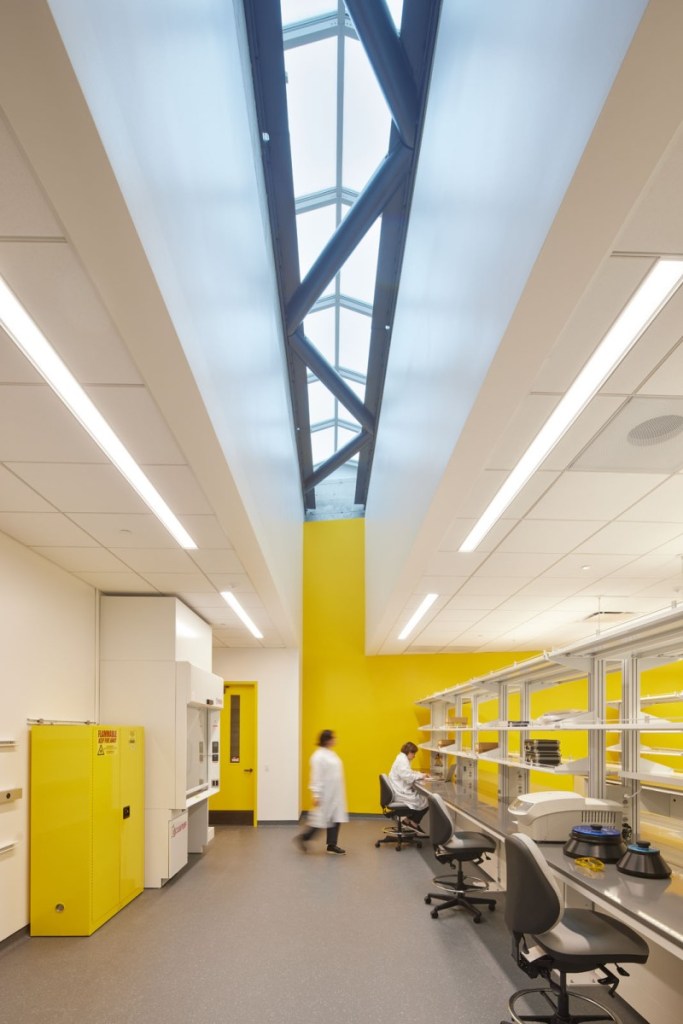
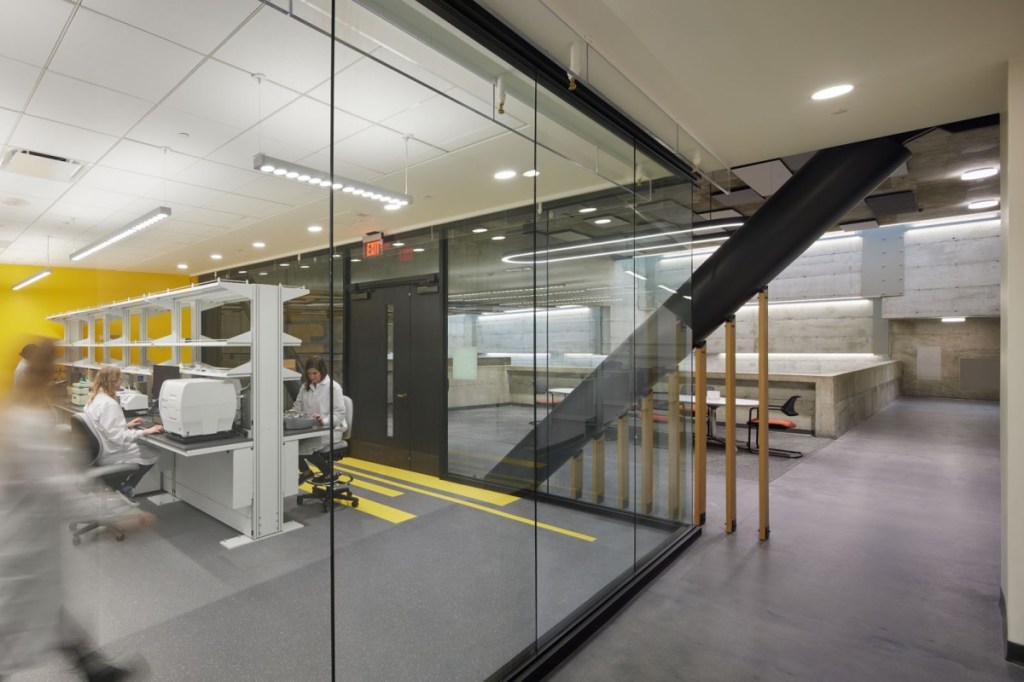
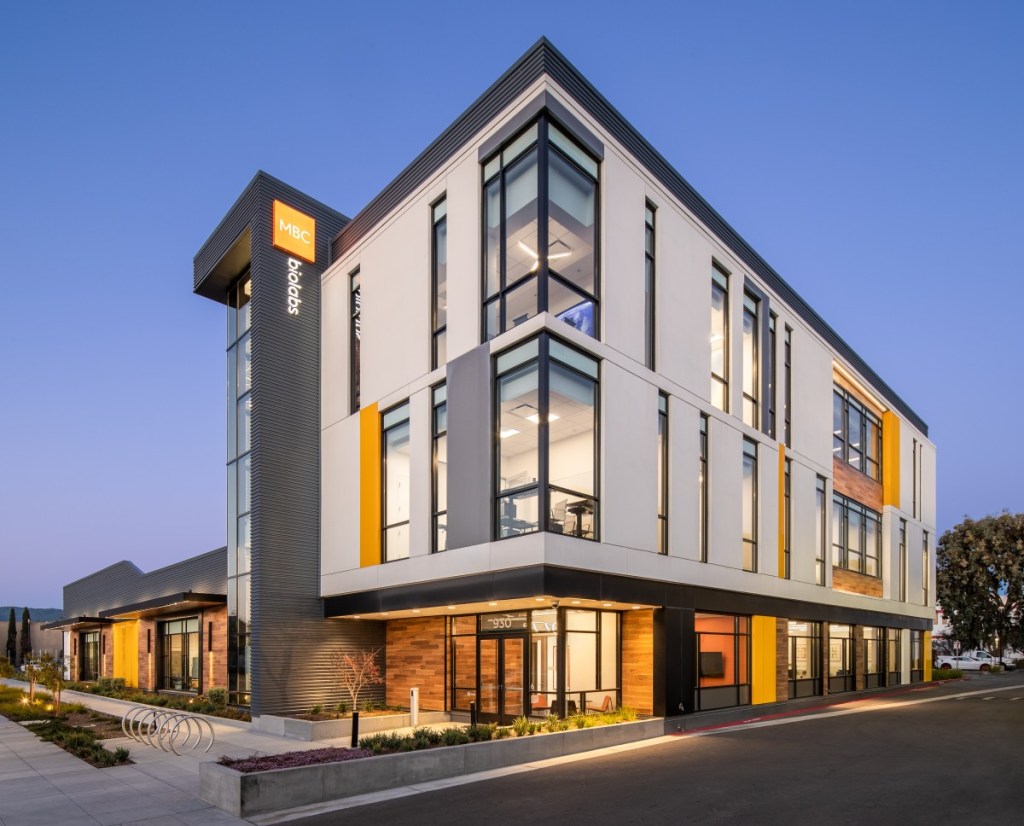
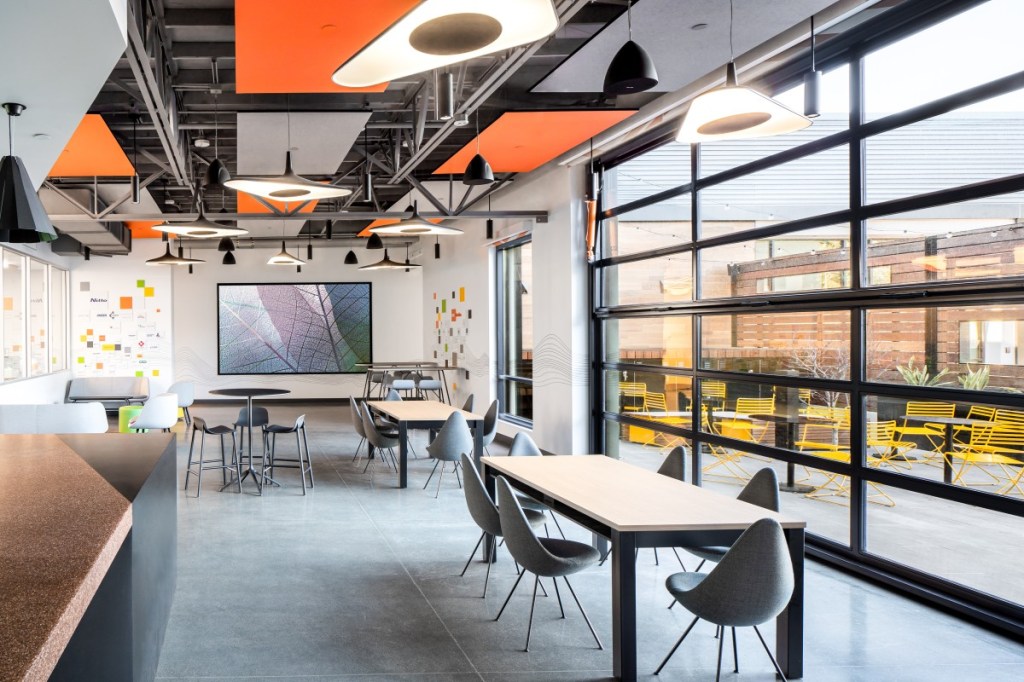
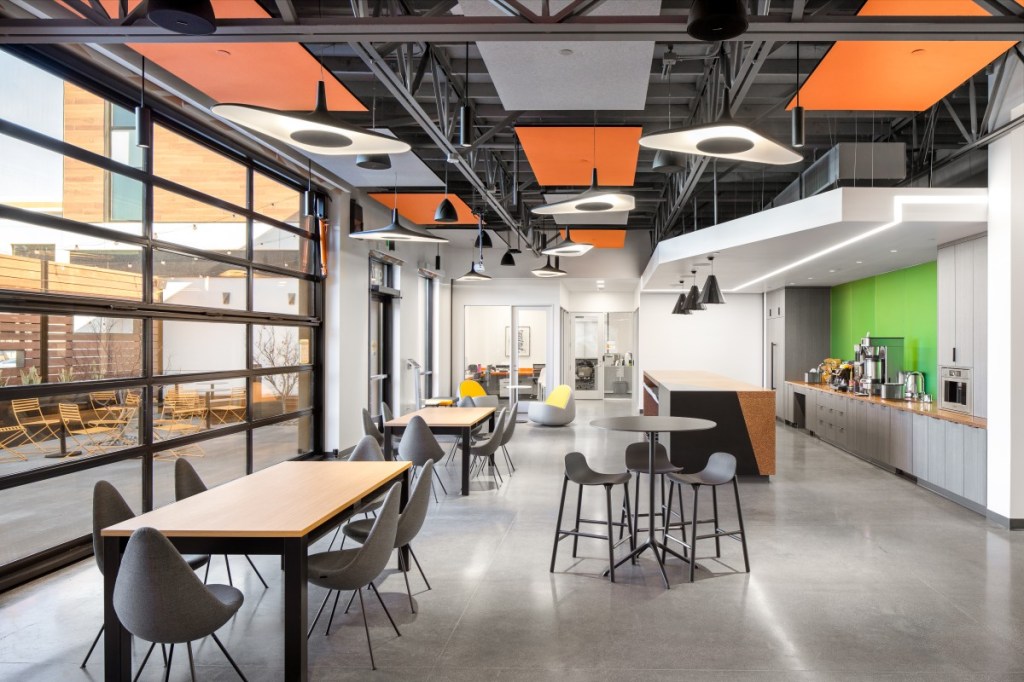
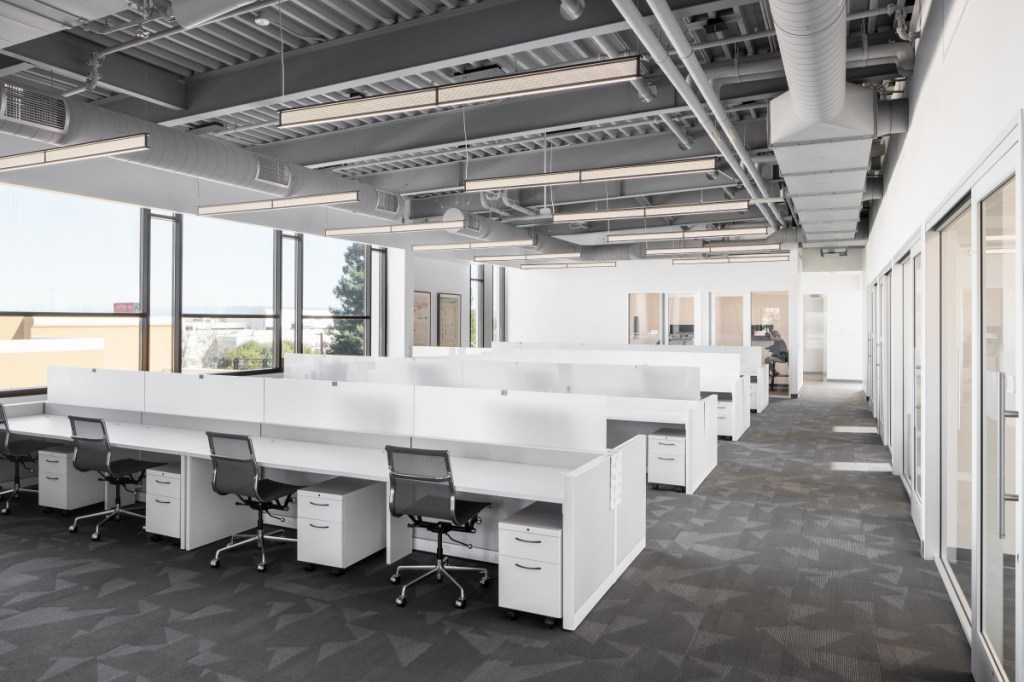
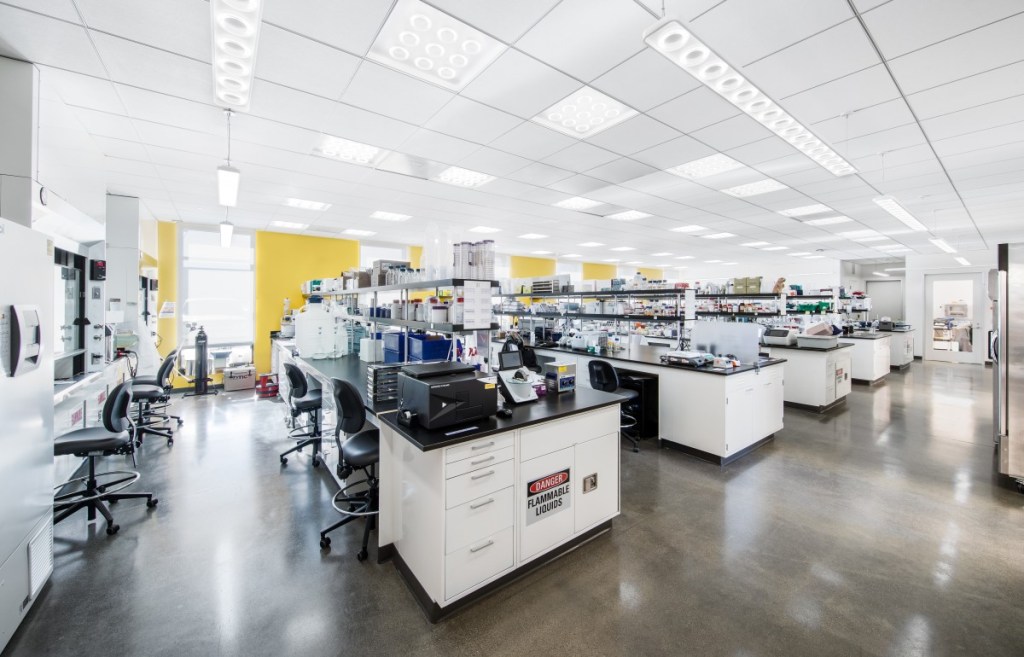
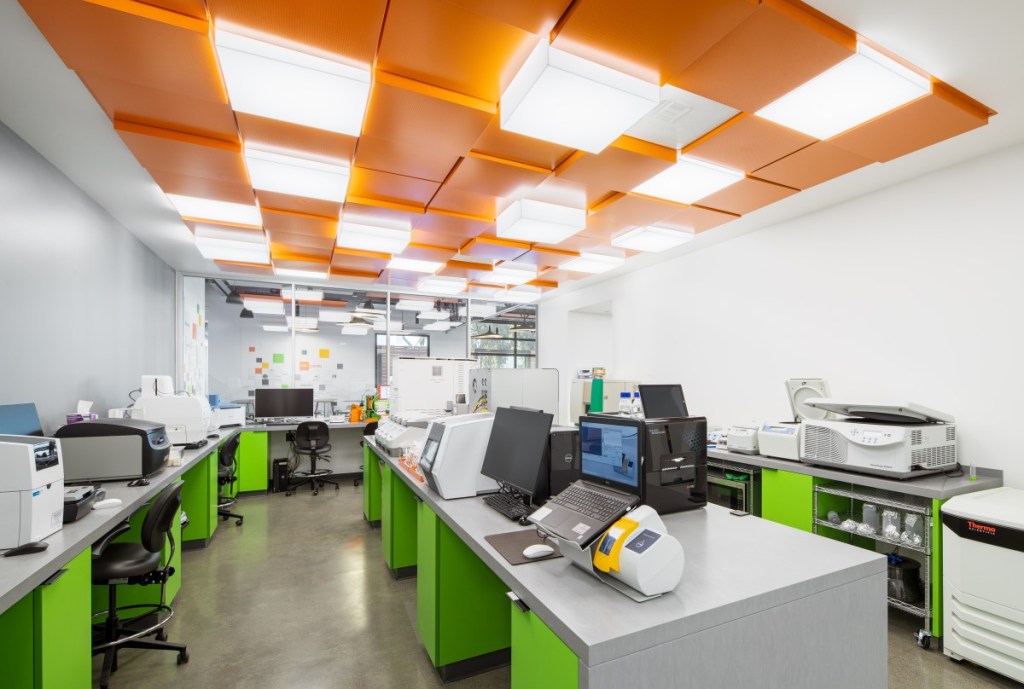
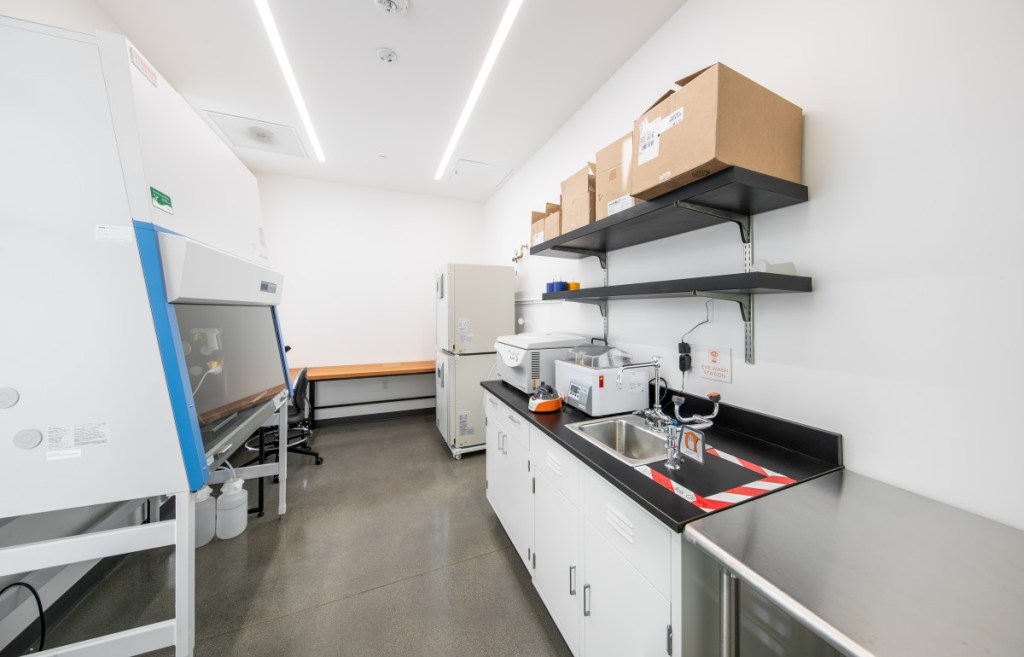
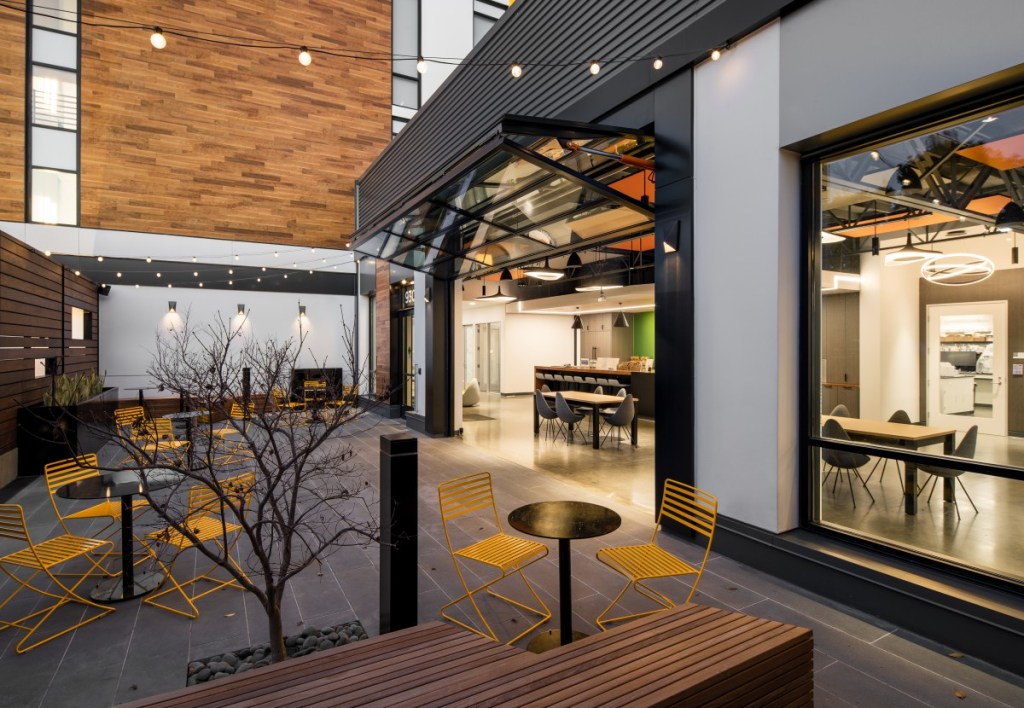
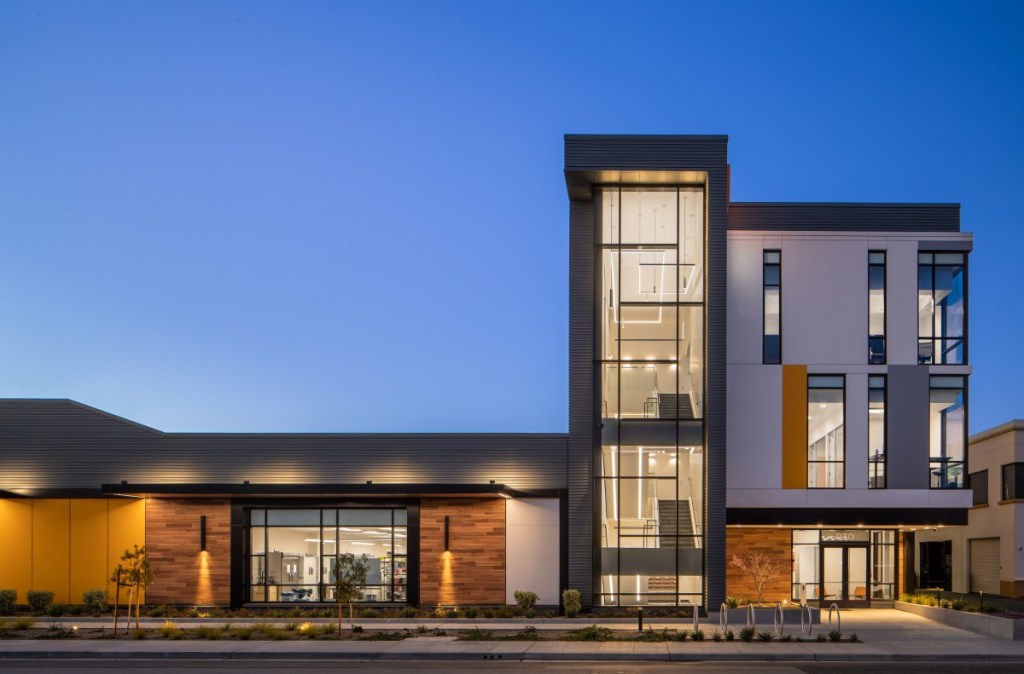






You must be logged in to post a comment.